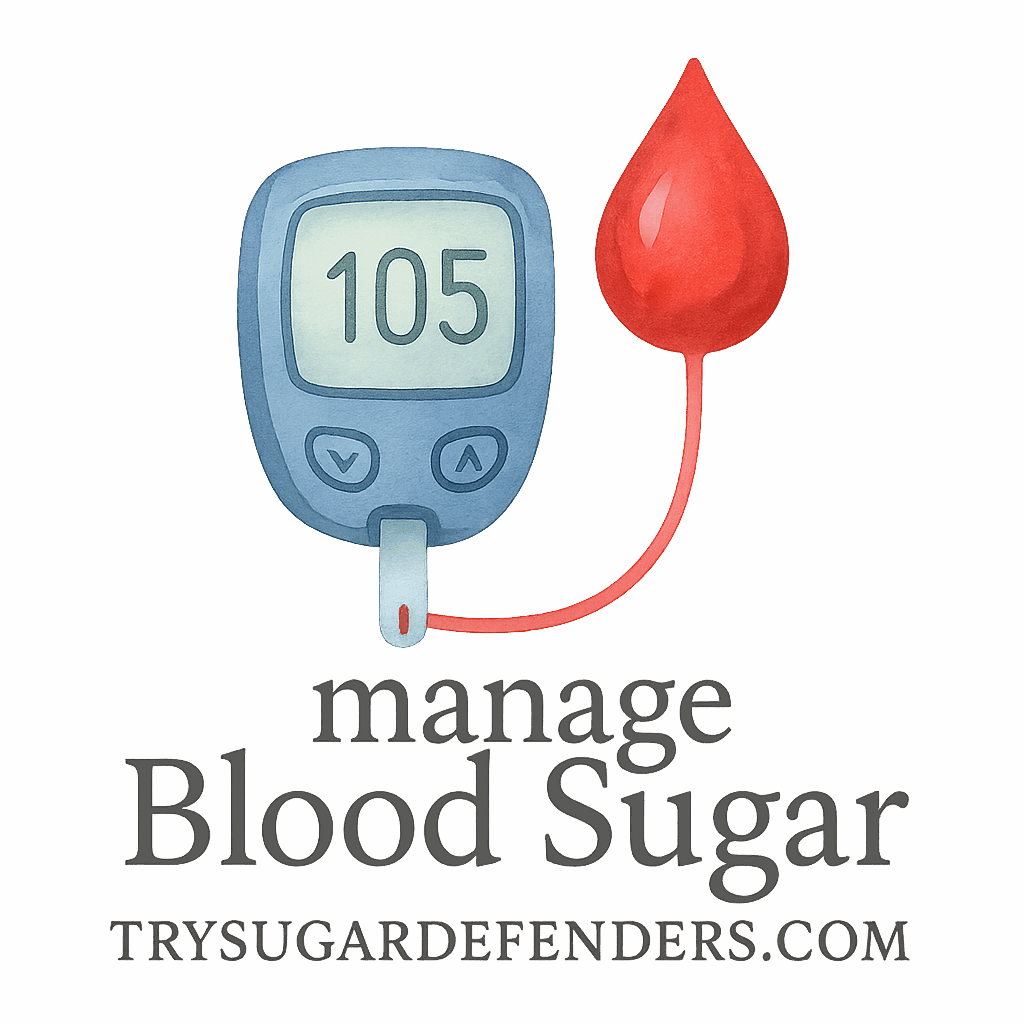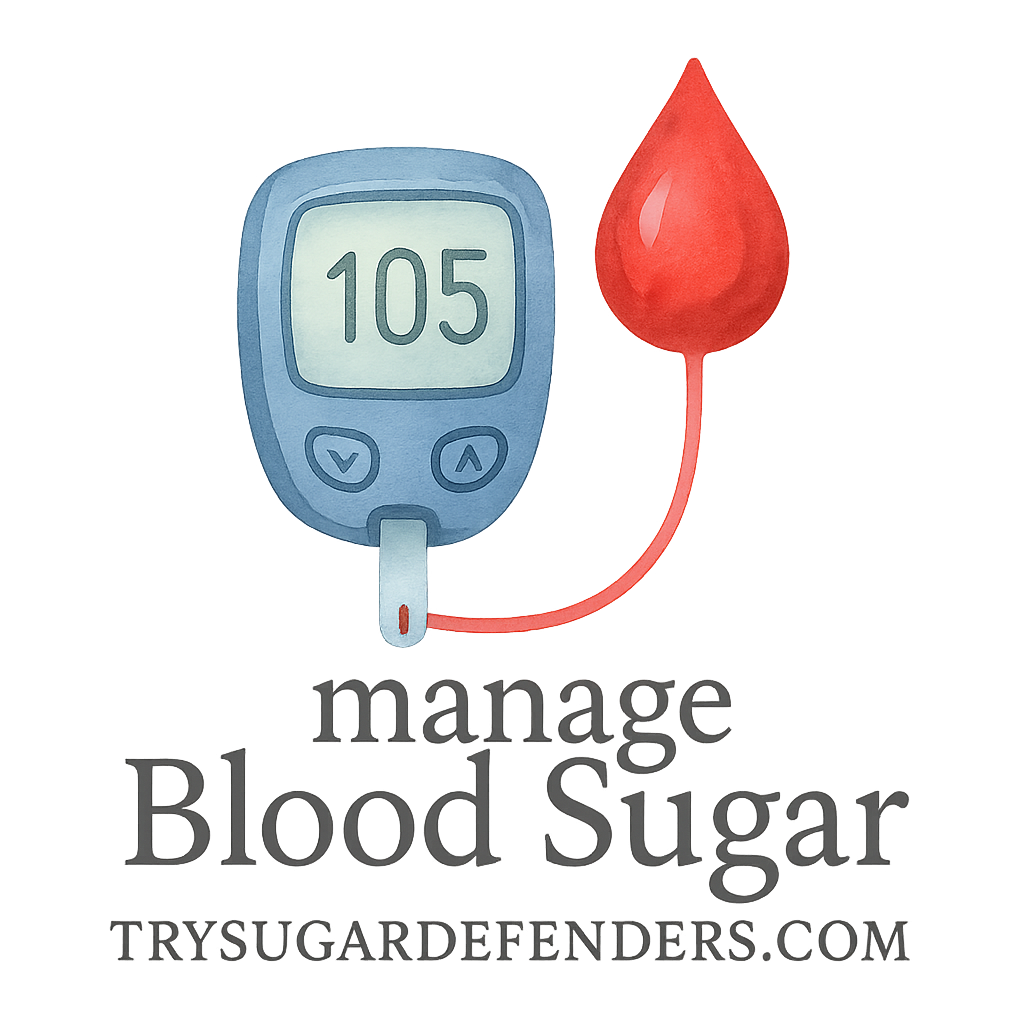If you’ve been tracking your glucose levels, you probably already know how insightful those little logs can be. But here’s the thing — not every warning sign screams for attention. Some whisper. Today, we’re diving deep into 5 warning signs from your blood sugar logs you shouldn’t ignore. These subtle hints might just be the key to keeping your blood sugar (and your health) on track.
Understanding Blood Sugar Logs
Why Monitoring Blood Sugar Is Crucial
Think of blood sugar logs as your body’s daily journal. They track the silent story of how your blood sugar reacts to food, stress, sleep, and exercise. When logged consistently, they help you catch patterns you might miss otherwise.
Check out our guide on monitoring and tracking your glucose effectively.
What Are Blood Sugar Logs?
In the simplest terms, blood sugar logs are records of your glucose readings. Whether you use a Continuous Glucose Monitor (CGM) or a traditional glucometer, keeping track gives you a front-row seat to your body’s glucose performance.
The Focus Keyword: Blood Sugar Logs
Keyword Density and Its Importance
This article is built around the focus keyword blood sugar logs, used consistently to meet SEO best practices. Using a 2% density ensures search engines — and readers like you — understand what this content is all about.
Explore our insights on blood sugar management techniques for a deeper dive.
1. Sudden Spikes After Meals
What This Means for Your Body
Noticing sharp rises right after meals? That’s a red flag. These post-meal spikes often signal insulin resistance or poor carb control. Over time, this pattern could lead to type 2 diabetes or make your current condition harder to manage.
Common Triggers for Meal-Time Spikes
- High-glycemic foods (like white bread or sugary drinks)
- Large portions
- Low fiber intake
Explore more on how diet and nutrition impact your levels.
How to Address It
Try these:
- Choose low-GI foods
- Add healthy fats and protein to meals
- Monitor portions using a food diary
2. Consistently High Fasting Levels
What It Suggests About Your Basal Glucose Regulation
High fasting numbers — typically over 130 mg/dL — can point to poor overnight glucose control. This is often linked to the Dawn Phenomenon, where your body releases glucose early in the morning.
The Role of Sleep and Hormones
Your liver dumps sugar into your bloodstream to prep you for the day. Add poor sleep or stress? You’re practically fueling that sugar surge.
See our behavioral and mental strategies to get better rest and manage cortisol spikes.
Recommended Solutions
- Eat a high-protein bedtime snack
- Stick to consistent sleep routines
- Talk to your doctor about basal insulin options
3. Irregular Drops (Hypoglycemia Episodes)
Recognizing Low Blood Sugar Patterns
Dips below 70 mg/dL can be dangerous — especially if they come out of nowhere. These could be reactions to meds, missed meals, or over-exercising.
When Are These Drops Most Dangerous?
- While sleeping
- Driving
- During workouts
How to Stay Safe
- Always carry glucose tablets or juice
- Avoid skipping meals
- Consider a CGM for real-time alerts (learn more about smart monitoring devices)

4. Unpredictable Fluctuations Throughout the Day
What Fluctuations May Indicate
If your numbers bounce like a ping pong ball, your insulin sensitivity may be inconsistent. These variations make it difficult to plan meals or exercise — and they’re exhausting to manage.
Effects of Stress, Illness, and Medications
Your body isn’t a machine — it’s affected by emotions, infections, even weather! Fluctuations could be signs that your lifestyle or medications need adjusting.
Tips to Regain Stability
- Follow a routine
- Use fitness apps to maintain consistency
- Check if new meds affect glucose levels
5. No Change Despite Lifestyle Modifications
When Logs Don’t Reflect Your Efforts
You’ve done the diet. You’ve exercised. And yet… your numbers barely move. That’s frustrating and potentially serious.
Could It Be Time for Medical Supplements?
Your body may need extra help. Certain medical supplements support glucose metabolism and insulin sensitivity.
Seeking Professional Guidance
This is a great time to book a doctor consultation. Don’t guess — get a personalized treatment plan.
Importance of Behavior and Mental Strategies
Stress Management and CBT Techniques
Stress hormones like cortisol elevate blood sugar. Learning tools like CBT (Cognitive Behavioral Therapy) can reduce emotional eating and increase consistency in your logs.
Explore mental strategies that improve your self-discipline and resilience.
Nutritional Strategies for Balanced Blood Sugar
The Power of the Mediterranean Diet
Research shows that the Mediterranean diet can stabilize glucose levels. It’s rich in fiber, good fats, and antioxidants — all crucial for blood sugar control.
Find full meal planning resources at our diet and nutrition hub.
Staying Active: The Role of Exercise
How Movement Stabilizes Blood Sugar
Exercise increases insulin sensitivity and helps muscles absorb glucose efficiently. Whether it’s walking, swimming, or dancing — just get moving!
Browse exercise & lifestyle tips to make fitness fun and sustainable.
Monitoring Tools That Make a Difference
Smart Devices and Real-Time Tracking
Today’s tech can keep you steps ahead. From CGMs to smart watches, these devices provide real-time feedback to help you react before things go south.
Read our comparisons on the latest blood sugar monitors.
When to Talk to Your Doctor
Signs It’s Time for a Medical Consultation
If you’ve spotted any of the five signs above in your blood sugar logs, don’t wait. Visit a healthcare provider for a full evaluation. You might need a treatment update or further diagnostic tests.
Conclusion
Your blood sugar logs are more than just numbers — they’re clues. Patterns like post-meal spikes, high fasting levels, random lows, erratic swings, and stubborn plateaus all tell you something. Don’t ignore them.
By taking proactive steps with diet, exercise, mental strategies, and expert support, you can turn things around.
And remember, tools like Sugar Defenders are here to help you every step of the way.
FAQs
1. What is the best time to log blood sugar levels?
Ideally, log before meals, 1-2 hours after meals, and before bed. These windows give the clearest patterns.
2. How do I know if my glucose spikes are dangerous?
If post-meal numbers are consistently above 180 mg/dL, it’s time to reassess your diet and consult your doctor.
3. Can blood sugar logs help with prediabetes?
Absolutely. Logging helps you spot problems before they become diabetes — it’s proactive, not reactive.
4. Why do my blood sugar levels spike at night?
Hormonal fluctuations, late-night eating, or certain medications may cause it. Look at your evening routine.
5. Do stress and anxiety affect my logs?
Yes! Cortisol raises glucose. Consider using CBT techniques or breathing exercises to relax.
6. Are supplements a replacement for medication?
Not typically. But medical supplements can support your treatment plan if guided by a healthcare professional.
7. Where can I find a comprehensive guide to blood sugar control?
Check out the complete Sugar Defenders guide to master your blood sugar journey.


